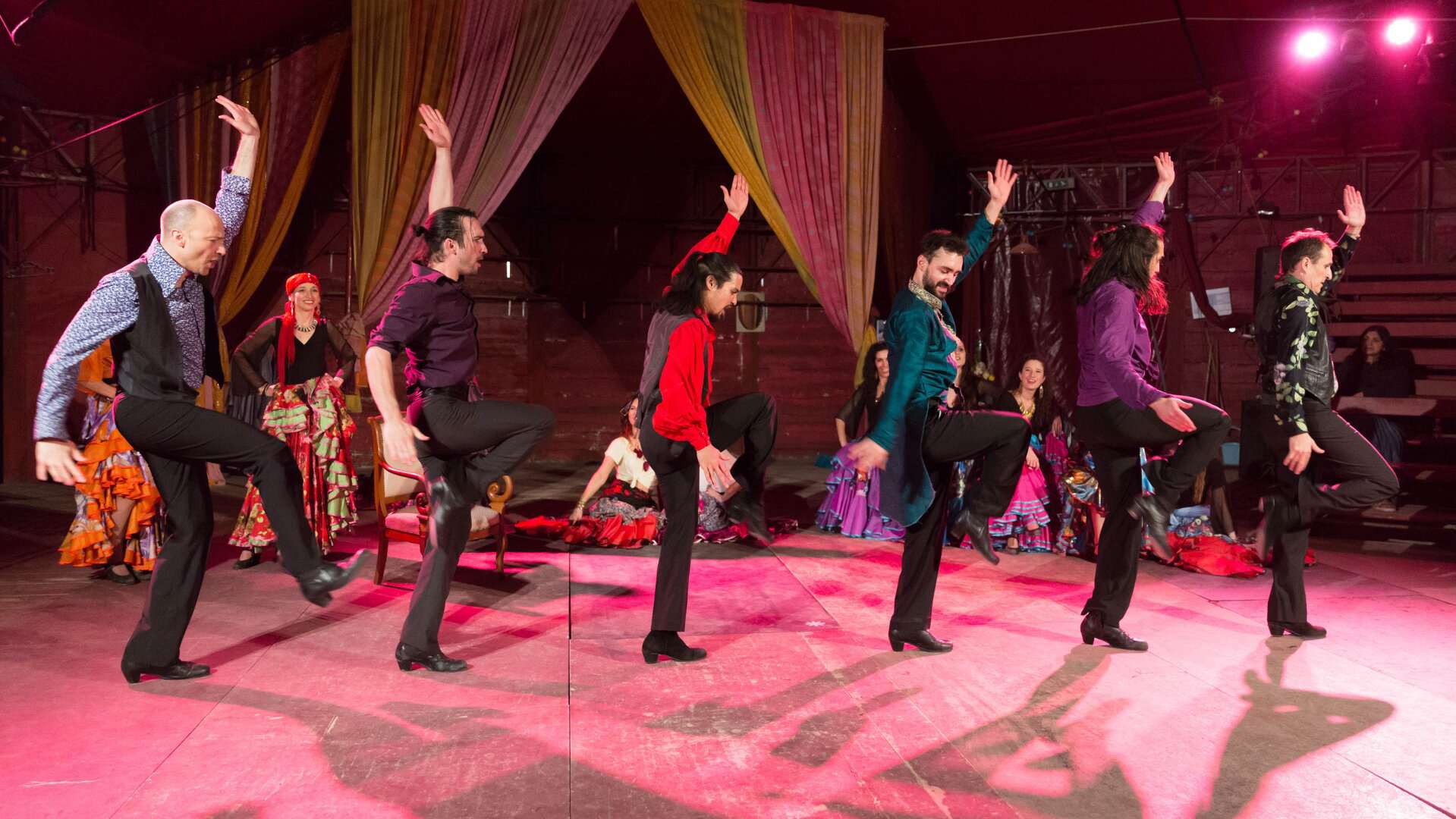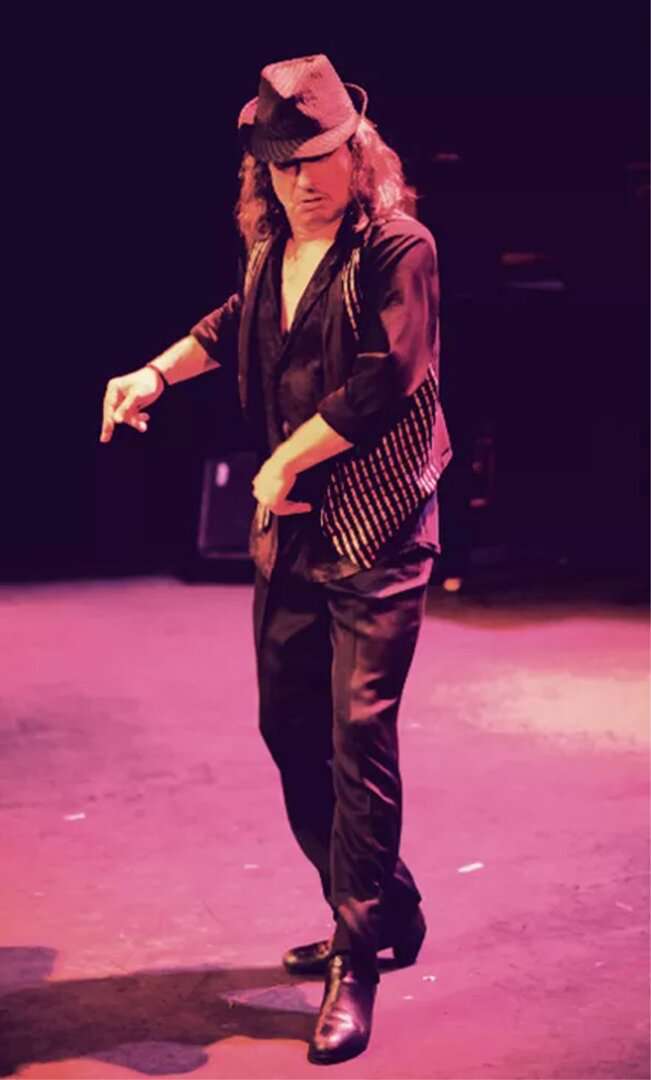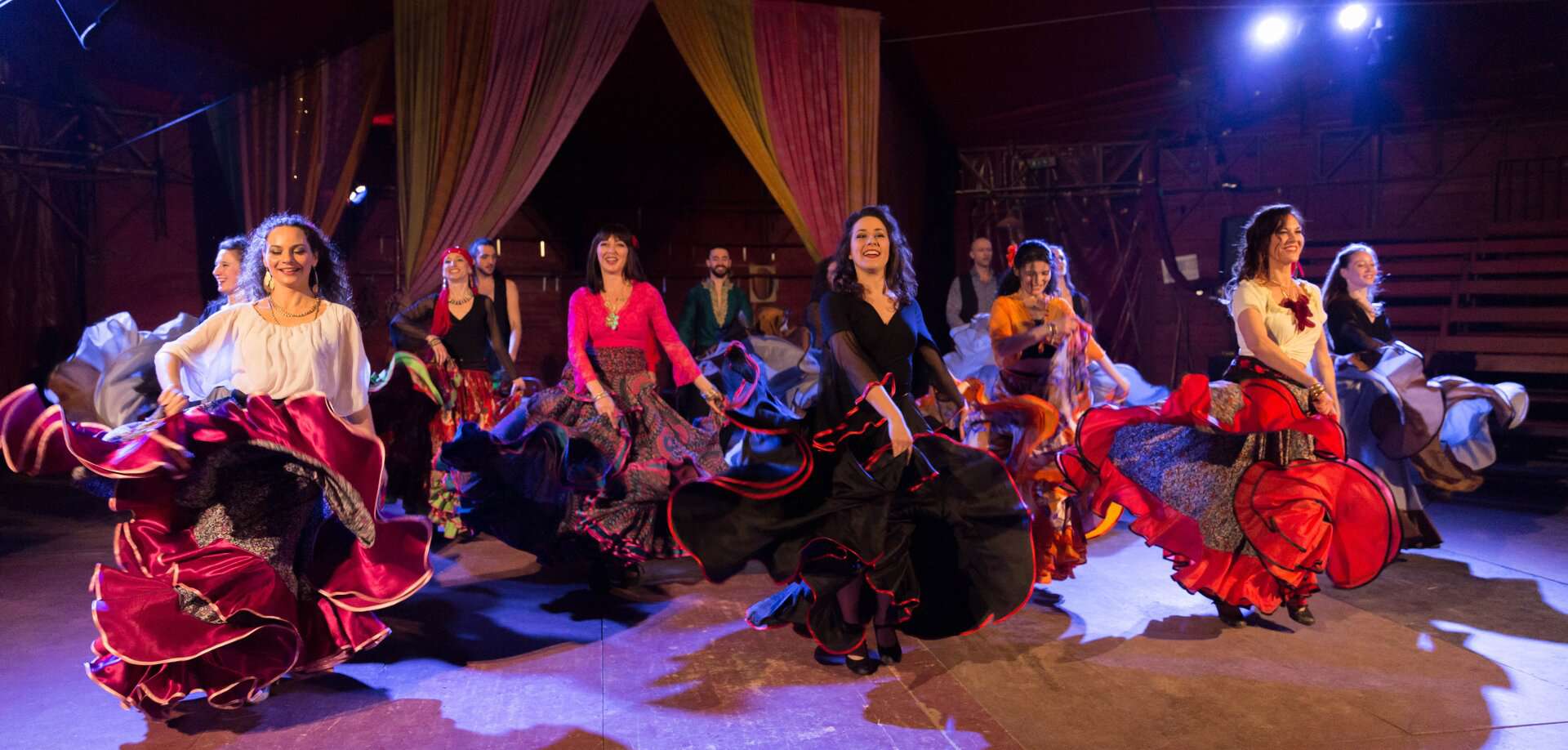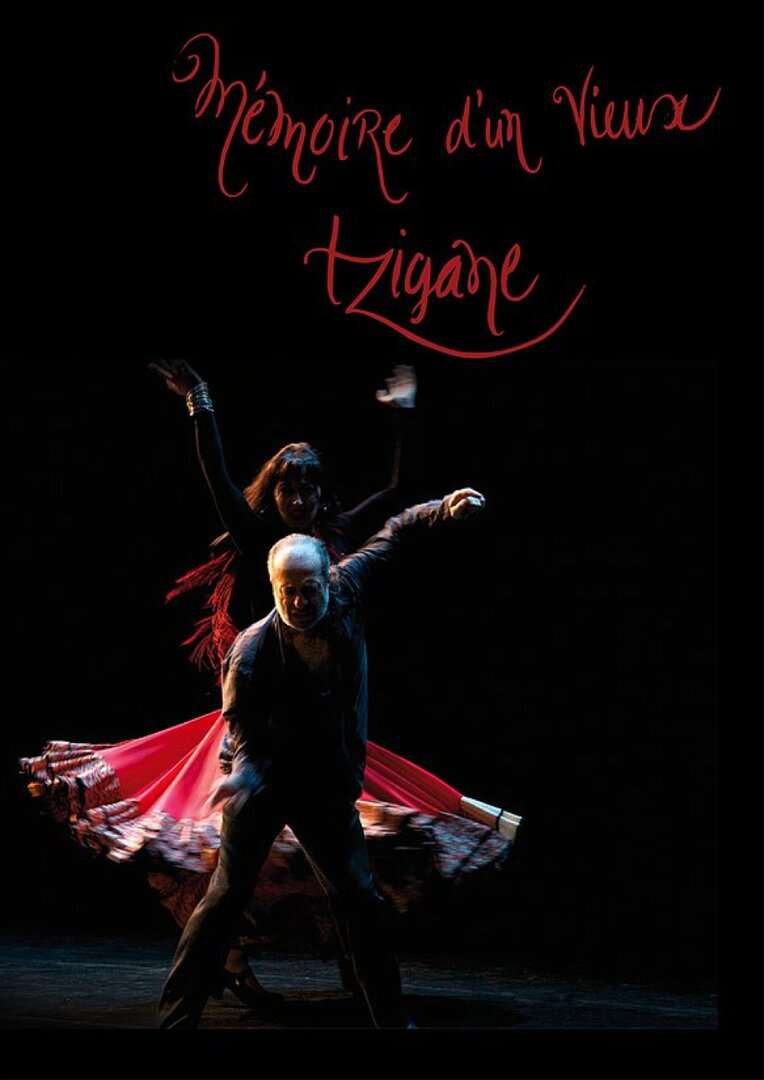In summary, while the Ruska Roma have a long history of living in Russia, the community also live in Eastern and Central Ukraine, France, Canada and the United States. A large number of Roma emigrated during a critical period following the Crimean War. Many Roma moved to Sweden and France while others went as far as the South American continent.
Russian Dance and Operettas
Russia has cultivated an appreciation for the arts and culture and is often associated with ballet companies like the Bolshoi, the Kirov, the St. Petersburg Eifman Ballet, the Mariinsky Ballet in St. Petersburg and ballet schools like the Vaganova Russian ballet system. A number of legendary ballet dancers such as Mikhail Barishnikov, Vaslav Nijinsky, Rudolf Chametovitsch Nureyev, Agrippina Jakovlevna Vaganova, Anna Pavlovna Pavlova, Michel Fokine and Marius Petipa came from Russia and many also associate the Ballet Russes and Serge Diaghelev with the country. The above-mentioned names are all considered canonical figures in Russian dance history. While there are a number of traditional folk dances and other styles that are as diverse as the nation itself, we will focus on a lesser known style which is tied to Russian Roma dance.
Russian Roma dancing is vibrant and expressive and includes intricate footwork, similar to Flamenco footwork, shoulder shimmies and graceful arm movements. Women’s use of wide colourful skirts, which are swung front and back, is also important and an integral part of the dancing. Male dancers are energetic and their movements include fast, rhythmic footwork and palm slaps on the torso, legs, hips and soles of the feet.
The dancing is dynamic and often accompanied by live singing, guitars, violins, accordions and sometimes tambourines. Russian Roma dancing has etched a place in dance history and is slowly reaching international audiences. As previously mentioned, Ruska Roma emigrated to various countries, taking with them their art and joyous dancing.
Previously we mentioned that some Ruska Roma choirs existed in Moscow and Saint Petersburg. At the end of the nineteenth century, a conductor of one of these Romani choirs, Nikolai Shishkin, created the first ever Romani theatre troupe. In 1886, the troupe performed in an operetta titled Gypsy Songs in Faces (1886), which ran for several years. Another operetta, The Gypsy Baron (1887), which was written by Johann Strauss, saw its premiere in April 1887 and was also performed by Shishkin’s troupe. In 1888, the Maly Theatre premiered Children of the Forests, which was the very first Romani language operetta performed by the Romani troupe. In the 1920s, Shishkin also staged other operettas, which enticed Romani singers, dancers, musicians and artists to perform in the USSR.
The Russian Roma community have a strong performing arts tradition. A principal part of that history is the Romen Theatre, located in Moscow.
It is important to mention that Russian Roma dancing has carved out its unique place in the dance world both inside and outside Russia thanks to institutions such as the Romen Theatre. One significant example of a company that performs Russian Roma dancing outside Russia is Saeeda’s Yagori Gypsy Dance Company in the United Kingdom. Another example is the Yagori Dance Festival in Oslo, Norway.









